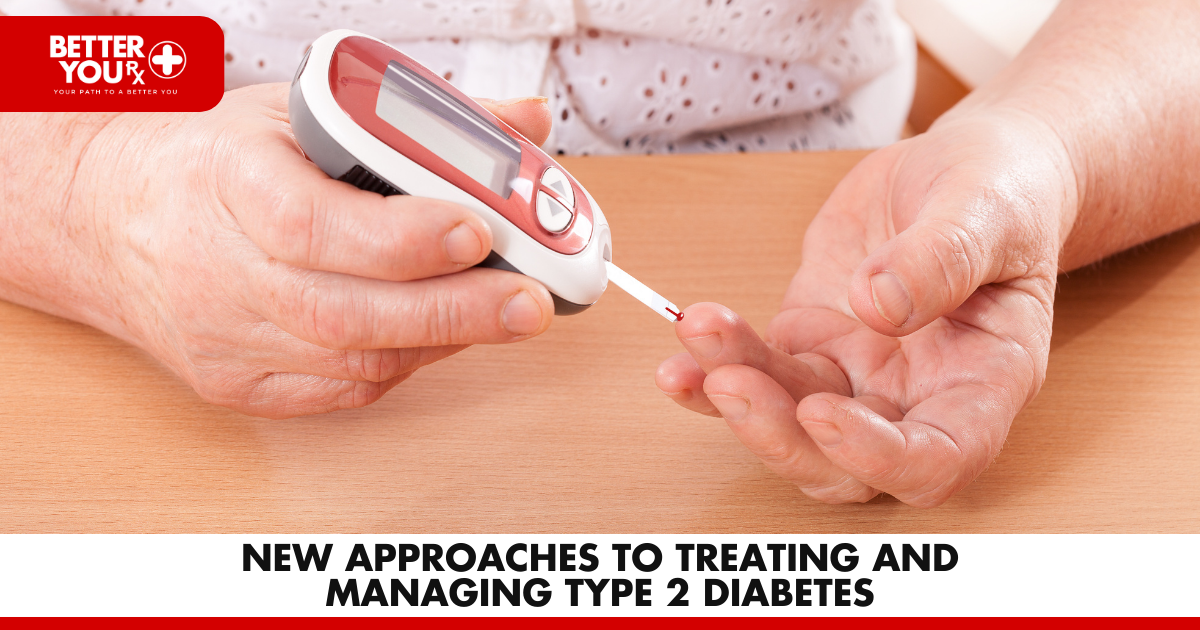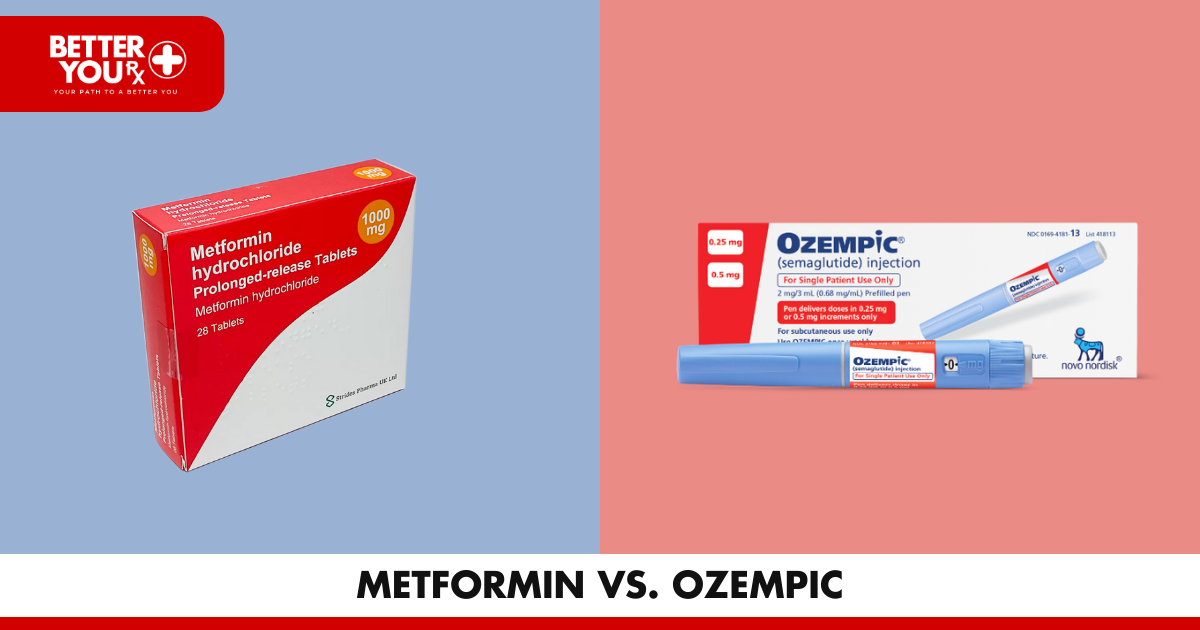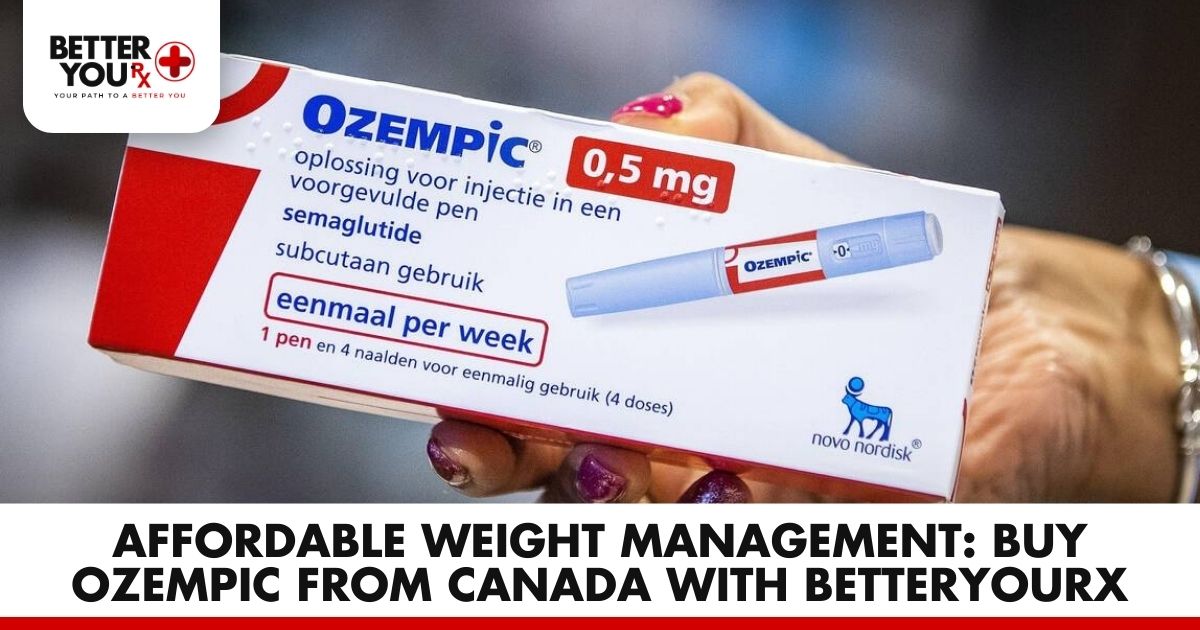Deciphering the Puzzle of Long-Term Success with Anti-Obesity Medications
In an era where the balance between health and lifestyle is increasingly being scrutinized, the battle against obesity has taken on a multifaceted approach. From diet alterations and rigorous exercise regimes to the introduction of pioneering anti-obesity medications, the quest for a sustainable solution to weight management is unending.
However, the successful integration of anti-obesity medications into this battle brings to light an intriguing aspect: the adherence rates by patients, which significantly impact the long-term outcome of these interventions. With Better You RX at the forefront of ensuring access to these life-changing medications at reasonable costs by sourcing from Canada, let’s unravel this complex tapestry.
The Conundrum of Medication Adherence in Obesity Management
Medication adherence is a pivotal factor in determining the efficacy of any medical treatment. When it comes to managing obesity, the dynamics of medication adherence unveil a narrative that is both compelling and challenging.
Unveiling Patient Adherence Rates
Pioneering research in the field has highlighted a stark reality: a high drop-off rate in adherence to anti-obesity medications. Within a year, about 80% of individuals prescribed these medications disengage from their use. This phenomenon is intriguing, considering the potential these medications hold in managing obesity.
Wegovy: Leading the Charge in Adherence
Among the medications examined, Wegovy (semaglutide) had the highest adherence rates after one year. This spotlight on Wegovy affirms its effectiveness and underscores the complexities surrounding patient adherence to medication regimens.
Peering Into the Factors Influencing Adherence
Delving deeper into why adherence rates greatly vary unveils a spectrum of factors, ranging from medication side effects to the psychological terrain of patients embarking on their weight loss journey.
The Interplay of Side Effects and Discontinuation
Side effects constitute a significant reason behind the discontinuation of anti-obesity medications. Medications like Contrave, despite their weight loss benefits, have encountered adherence challenges due to side effects. This scenario beckons a broader discussion on patient preparation and support mechanisms to mitigate such hurdles.
The Cost Variable
The algorithm of medication adherence is complete with addressing the cost factor. The initial affordability facilitated by coupons and discounts frequently faces the reality of expiration, leaving patients needing help with high costs. This economic barrier is a critical junction where BetterYouRX steps in, offering a viable pathway to affording these essential medications by sourcing them from Canada, ensuring continuity and adherence.
The Landscape of Anti-Obesity Medications: A Comparative Insight
A comprehensive understanding of the different anti-obesity medications in the market and their adherence rates provides a holistic view of the current landscape and emerging trends.
From Contrave to Wegovy: A Spectrum of Options
Each anti-obesity medication carved its niche, from Contrave’s appeal despite lower adherence rates to Wegovy’s leading stance. Understanding the nuances of each medication, including the promising newcomer Zepbound (tirzepatide), enriches the dialogue on combating obesity with pharmaceutical intervention.
Navigating the Future: The Role of Better You RX
As the narrative unfolds, the role of BetterYouRX in this journey cannot be understated. Beyond providing affordable access to these critical medications, Better You RX embodies a beacon of hope and a partner in the long-term management of obesity.
Bridging the Gap: Affordable Access Through Better You RX
By leveraging our unique position to source medications from Canada, we stand at the cusp of making these treatments accessible to a broader audience. This initiative addresses the cost barrier and encourages sustained adherence, painting a brighter outlook for individuals on their path to weight management.
A Vision for Holistic Support
Our engagement extends beyond transactional interactions. At BetterYouRX, we are committed to fostering a supportive ecosystem that addresses the multifaceted challenges of obesity management. From counseling on medication adherence to insights on navigating the complexities of treatment options, our mission is to be an unwavering ally in our customers’ health journeys.
The Road Ahead: Challenges and Opportunities
The landscape of anti-obesity medication adherence is punctuated with both challenges and opportunities. As we charter the way forward, collaborations between healthcare professionals, patients, and access points like BetterYouRX will be instrumental in shaping a future where the potential of these medications is fully realized.
Embracing Innovation and Support
The evolving pharmaceutical landscape holds promise with introducing new medications and continuously improving existing ones. Embracing this wave of innovation, coupled with robust support systems, is critical to enhancing adherence and ultimately achieving success in managing obesity.
Better You RX: A Partner in Health
As we navigate the intricate dynamics of obesity management, Better You RX remains committed to ensuring that the journey toward a healthier future is accessible and sustainable. Our vision transcends the here and now, aiming to catalyze a paradigm shift in approaching, understanding, and conquering the challenges of medication adherence in obesity management.
In conclusion, the path to overcoming obesity through medication is a journey fraught with challenges yet filled with immense potential. With BetterYouRX as a trusted partner, this journey is navigated with the assurance of support, affordability, and a shared vision for a healthier tomorrow.










